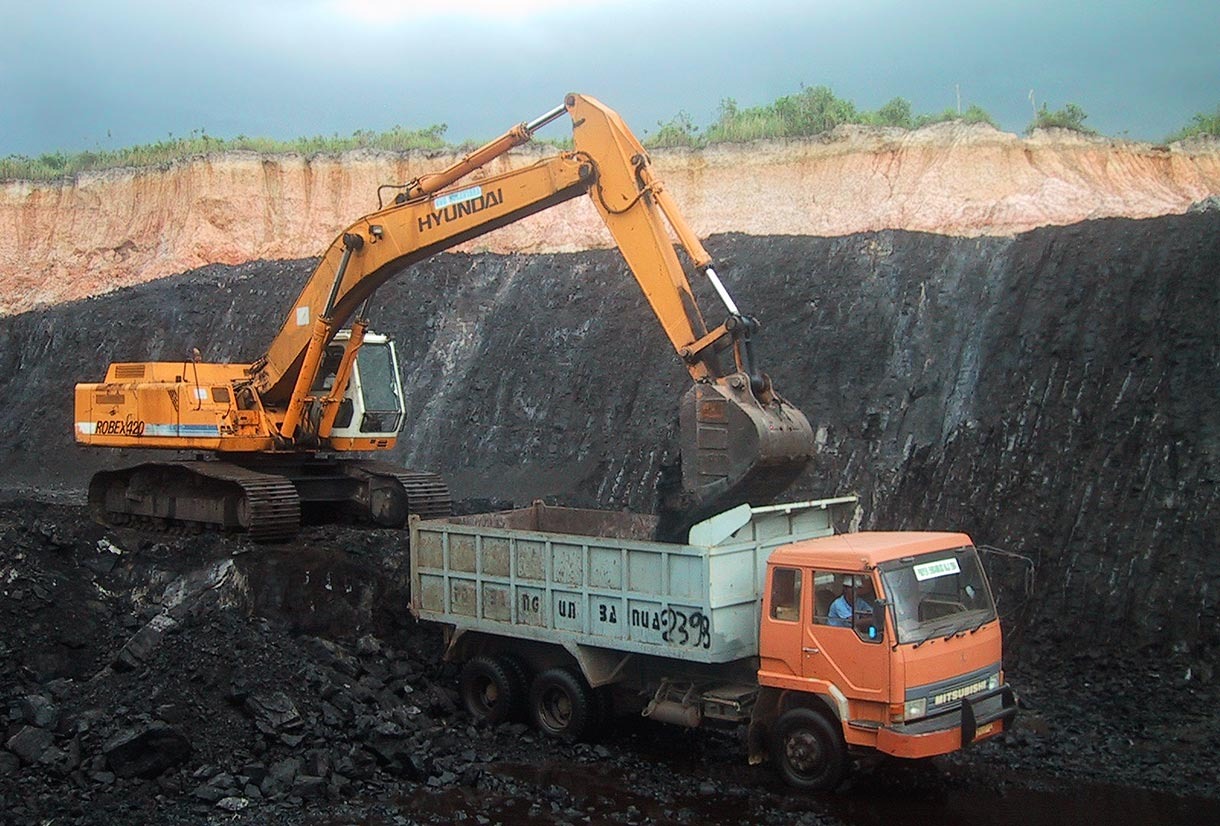Coal reserves in Iran, which constitute about 550 million metric tons of proven and 1200 million metric tons of potential fossil fuel reserves, have long been neglected by the officials due to abundance of oil and natural gas resources, ISNA quoted the head of Iran Coal House, Mohammad Mojtahedzadeh as saying on Friday.
In view of the limited oil and gas reserves and considering the fact that Iran has as much as 1.8 billion metric tons of proven and potential coal reserves, it appears that we will soon have no choice but to develop our coal mines as an alternative to oil and gas, said Mojtahedzadeh.
“The United States is among the top ten oil-rich countries but uses coal to produce most of its electrical power,” said Mojtahedzadeh, adding that using coal to generate electricity would diversify the country’s energy basket and will enable the national economy to create more value added through export of oil and natural gas.
Currently, many power plants in the country rely on natural gas for feedstock, leading to problems in winter when pressure in the national gas network pipelines falls. Experts believe turning to coal for power generation could solve the problem.
Global coal demand will rise 2.6 percent annually in the next six years and challenge oil as the top energy source, according to the International Energy Agency.
Coal consumption will climb to 4.32 billion tons of oil equivalent by 2017, compared with about 4.4 billion for oil, the Paris-based agency said in its first Medium-Term Coal Market Report.
The private sector in Iran extracts about one third of the coal but is faced with many problems including the lack of funds and modern techniques. Officials have recently been seeking Ukraine’s expertise in coal mines to increase efficiency, Mojtahedzadeh said.
Despite great potential in the coal sector, the aforementioned obstacles have pushed Iran to import huge quantities of coal from countries such as Australia and Indonesia in recent years.
Iran currently extracts 1.5 million tons of coal concentrate every year. This is while the metallurgical and steel industries in Iran annually need 4.5 million metric tons of coal concentrate.


